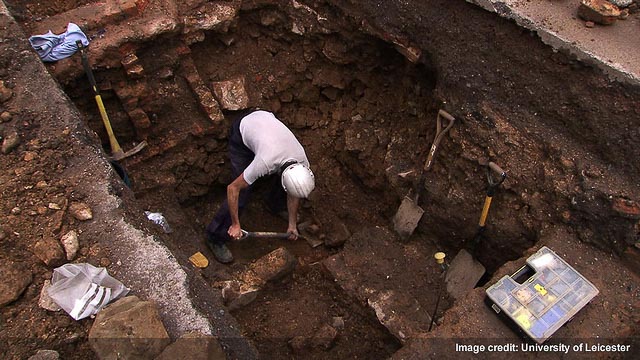American urbanists have generated a flood of attention in recent years touting their grassroots forays into public space-building, especially with increasingly popular events like last week’s PARK(ing) Day, where residents transform parking spaces into miniature temporary parks.
Turns out, that sort of populist reinvention of public space – now often called “tactical urbanism” – isn’t so much a new trend as the continuation of a patterns that dates back to ancient cities.
Those patterns have a lot to teach today’s urban planners about what people want out of their public spaces.
The Study
For archaeology to contribute to modern debates about how humans seek to use public space, it’s essential to look at case studies of specific ancient cities, argues Rice University anthropologist Jeffrey Fleisher in his recent paper, “How Public Space is Used in Ancient Cities: The Case of Songo Mnara, a Medieval Swahili City in Tanzania.”
He looks at research on public space in the 14th and 16th centuries in Songo Mnara and asks two questions: How was public space used at the site, and how did those uses change over time? And, what is the relationship between the physical structures of public space and how it was used?
The Songo Mnara Urban Landscape Project used geophysics, geochemistry and examined silica remains of plants that grew in urban spaces to produce data on the ancient activities in the city’s open spaces.
“These techniques, paired with traditional archaeological testing and excavation, allow for the interpretation of ancient public space in detail once thought impossible,” Fleisher writes.
The Findings
One large open area of the city, the study found, was a cemetery in which citizens commemorated and memorialized their families. The researchers also found a public entrance area for the entire settlement, which led also to a large public square that sat next to a small mosque. Mineral deposits in the area suggest residents used it to make crafts of some kind as well.
The Implications
The cemetery area, Fleischer concludes, was likely not only a place for solemn personal remembrances, but also grand political statements.
“One can imagine an aspiring leader publicly identifying himself with a prominent ancestor, through offerings at his grave,” he writes.
Likewise, the main public square and entrance to it would have been home to activities hardly different than the ways public spaces are used now.
“The entrance complex at the site, with its protected and maintained unwanda area, provides a place for formal urban activities—perhaps the location of public ceremonies, rituals, dances — but (also) mundane acts like the production of shell beads, and the drying of fish and nets,” Fleischer writes.
Public ceremonies, dances and producing handicrafts – at cultural festivals and farmers markets and arts fairs – remain common uses of parks and urban squares today.
And the location of public housing along the edge of the public square suggests the city’s leaders had difficulty controlling the way the space was used and the daily activities of residents.
That is, ancient residents also pursued their own forms of “tactical urbanism.”
Those homes were built “likely in ways never dreamed of by urban planners,” Flesicher writes.
Today, we often see urban spaces – once created by central planners – take on a life of their own. Evidently that’s a trend that’s been ongoing for centuries.
“The case of Songo Mnara, and the archaeology of public space, offers instructive examples of how urban space emerges not just in urban planning, but in urban practice.”

